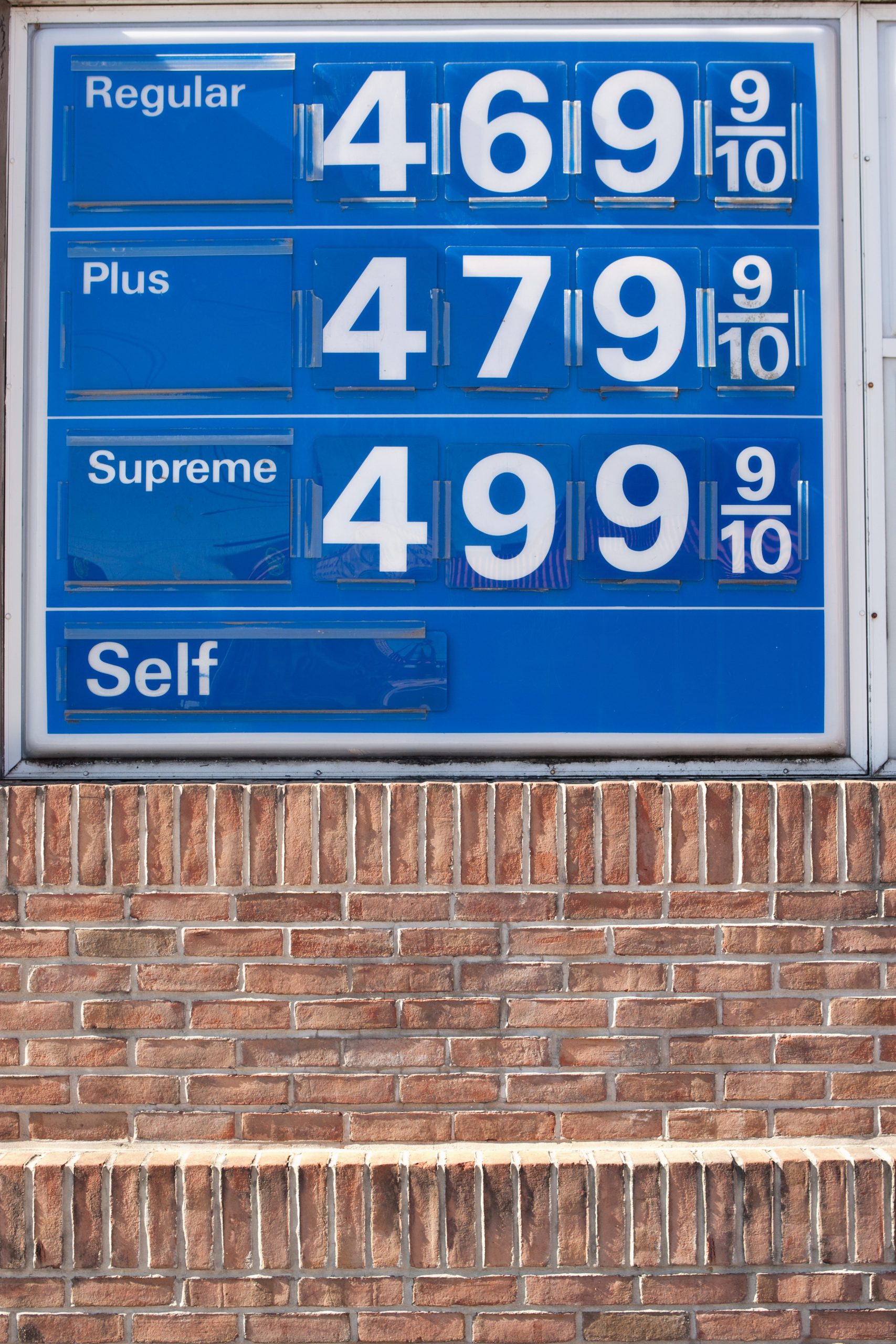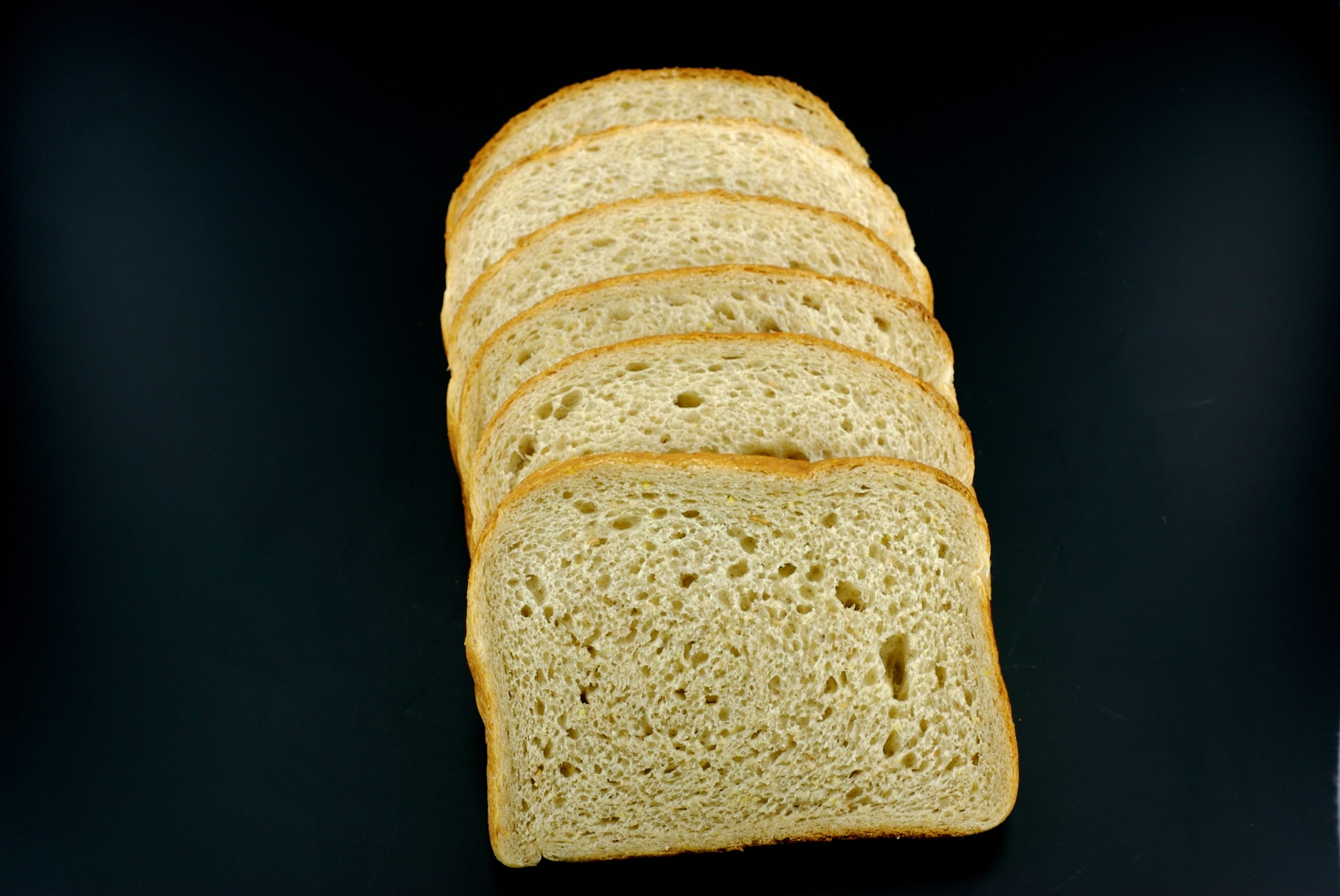The price you pay at the gas pump has a direct and powerful impact on the price you pay at the grocery store. The cost of fuel is a major part of a food item’s total cost. This is especially true for foods that have to be shipped over a long distance. When gas prices drop, it lowers the transportation costs for the entire food industry. This can lead to a noticeable, though often temporary, drop in the shelf price of these nine specific types of food.

1. California-Grown Produce (on the East Coast)
A huge portion of the fresh produce that is sold on the East Coast, like lettuce, spinach, and other leafy greens, is grown in California. This means that your salad has to travel thousands of miles on a refrigerated truck to get to your store. The cost of the diesel fuel for that truck is a major part of the final price. When gas prices fall, the cost of shipping that produce also falls, which can lead to a lower price in the store.
2. Imported Fruits
The same is true for fruits that are imported from other countries, like bananas from Central America or avocados from Mexico. These fruits have to be transported a very long way, both on a ship and on a truck. The fuel costs for this long journey are a significant factor in the final price. A drop in the global price of oil can lead to a cheaper price for these imported fruits.
3. Bottled Water and Other Beverages
Bottled water and other beverages are a very heavy and low-margin product. This means that the cost of transportation makes up a huge percentage of their total cost. When gas prices are high, the price of a case of bottled water will rise to reflect the higher shipping cost. When gas prices fall, the price of that same case of water will often fall as well.
4. Frozen Foods
The entire frozen food supply chain relies on a network of specialized, refrigerated trucks known as “reefers.” These trucks use a huge amount of fuel to keep their cargo frozen solid during a long journey. The high cost of fuel has a direct impact on the price of a bag of frozen vegetables or a frozen pizza. A drop in gas prices can provide a welcome relief for the frozen food aisle.
5. Milk and Dairy Products
The dairy industry also has a very complex and time-sensitive supply chain. The fresh milk must be transported from the dairy farm to the processing plant and then to the grocery store, all in a refrigerated truck. Any change in the price of diesel fuel will have a direct and immediate impact on the final price of a gallon of milk.
6. Eggs
Like milk, eggs are another perishable staple that must be transported quickly and carefully from the farm to the store. The cost of the fuel for the delivery trucks is a major factor in the final price of a dozen eggs. When gas prices go down, it can lead to a small but noticeable drop in the price at the shelf.
7. Meat and Poultry
The meat and poultry supply chain is a long one. It involves transporting live animals to the processing plant and then transporting the packaged meat to the distribution center and the final store. All of this is done on a truck. This means that the price of a package of chicken or a steak is directly linked to the price of fuel.
8. Bread

The bread you buy at the grocery store is often not baked locally. It is baked at a large, regional bakery and then shipped out to all the stores in the area daily. The cost of this daily delivery is a major expense for the bakery. A drop in gas prices can help to lower this expense, which can lead to a lower price for a loaf of bread.
9. Any Product from a National Brand
In general, any product from a major national brand is more likely to be affected by the price of gas than a local product. A national brand has to transport its products all across the country. A local brand, on the other hand, has a much shorter and less expensive supply chain. This is one of the hidden benefits of buying local.
The Fuel of Our Food System
The price of gasoline is more than just a number on a sign. It is a fundamental part of the engine that runs our entire food system. The cost of fuel is a hidden ingredient in almost every single item you buy at the grocery store. While the connection is not always immediate, a sustained drop in the price of gas will almost always lead to a welcome relief in your grocery bill. It is a powerful reminder of how connected our economy really is.
Have you ever noticed a connection between the price of gas and the price of your groceries? What other factors do you think have the biggest impact on food prices? Let us know!
What to Read Next
- 5 Grocery Items That Are Always Marked Up—Even When It’s ‘On Sale’
- Price Illusions: 6 “Sale” Tags That Actually Hide a Price Increase
- Times the Sale Price Was More Expensive Than the Regular Tag
- 8 “Flash Sales” That Were Found to Be Regular Prices All Along
- 8 Sneaky Ways Retailers Make Sale Prices Look Better Than They Are
The post 9 Foods That Go On Sale When Gas Prices Drop appeared first on Grocery Coupon Guide.







